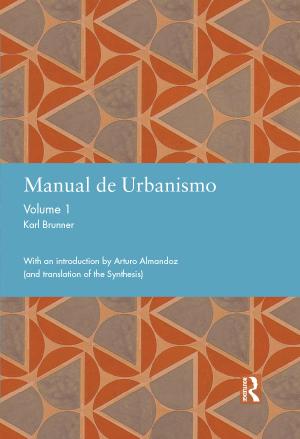Hosted by
Manual de Urbanismo (Bogota, 1939): Karl Brunner
Synopsis
Unlike European countries, where the consolidation of town planning was based on legislative reforms, Latin America’s urbanismo mainly stemmed from urban plans for national capitals and metropolises. Austrian academic and planner Karl Brunner was hired in Chile, Colombia and Panama from the late 1920s to advise in the professional and academic domains, marking a shift from the so-called í‰cole Française d’Urbanisme (EFU) of Haussmannesque descent towards the Austrian-German Städtebau.
While coordinating the municipal office and plan for Bogotí¡, Brunner translated his Manual de Urbanismo — the first textbook published in Latin America about the new discipline and the first to incorporate examples from local cities. Based on his 1924 course at Vienna’s National Faculty of Architecture, Brunner’s Manual emphasized the ‘scientific system’ of the discipline. Brunner was the most influential figure of his time in the urban planning of the region, but has become overshadowed by Le Corbusier’s and CIAM’s prevailing influence after World War II.
Complete with a supporting introduction written by Arturo Almandoz, this volume includes the full copy of the original Manual de Urbanismo with an English translation of the synthesis. Further materials, including an extract of Karl Brunner’s “Problemas actuales de urbanizacií³n” and an accompanying English translation of the text can be accessed at www.routledge.com/9781138778573.

